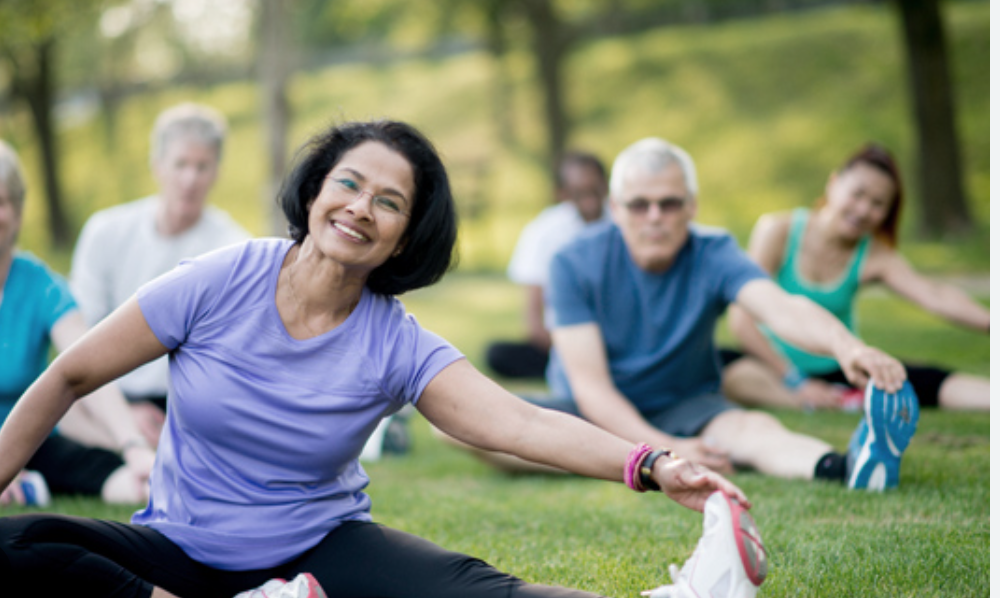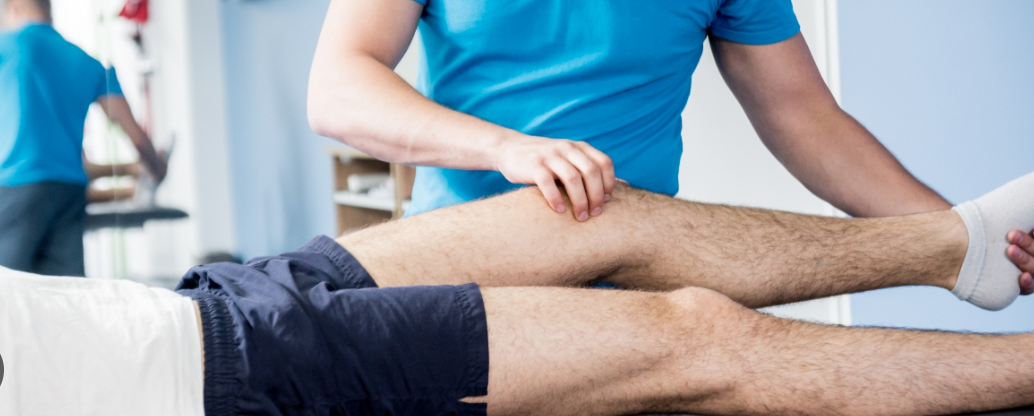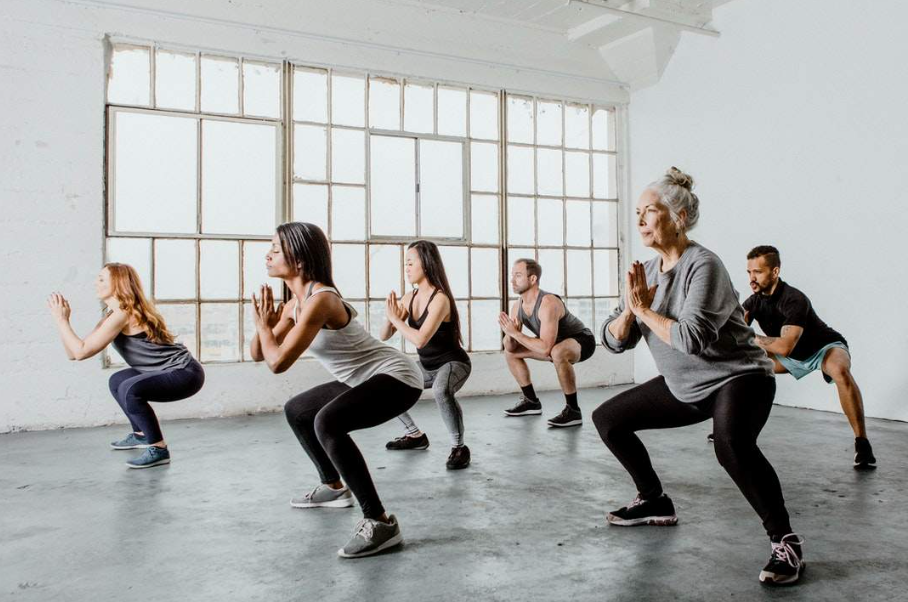Aging brings many changes to the body, from decreased muscle mass and bone density to altered balance and mobility. Physiotherapy plays a crucial role in helping older adults maintain their independence, manage chronic conditions, and improve their overall quality of life. In this blog post, we’ll explore the various ways physiotherapy supports seniors and how it can make a significant difference in their daily lives.
1. Maintaining Mobility and Flexibility
As we age, our joints and muscles naturally become stiffer and weaker, which can limit movement and increase the risk of falls. Physiotherapists design personalized exercise programs to enhance flexibility, strengthen muscles, and improve joint mobility. These exercises can help seniors stay active and maintain their independence.

Key Exercises:
Stretching routines: Gentle stretches to maintain flexibility in key areas like the hamstrings, hips, and shoulders.
Strength training: Exercises using light weights or resistance bands to build and maintain muscle mass.
Balance exercises: Activities such as tai chi or specific balance training exercises to improve stability and prevent falls.
2. Managing Chronic Pain
Chronic pain conditions such as arthritis, lower back pain, and osteoporosis are common among seniors. Physiotherapists use a variety of techniques to manage pain and improve function. This may include manual therapy, heat or cold therapy, and specialized exercises.

Approaches to Pain Management:
Manual therapy: Techniques like joint mobilization and soft tissue manipulation to alleviate pain and improve joint function.
Modalities: Heat packs, ice packs, and electrical stimulation to reduce pain and inflammation.
Education: Teaching patients how to manage pain through proper body mechanics and self-care strategies.
3. Improving Balance and Preventing Falls
Falls are a major concern for older adults and can lead to serious injuries. Physiotherapy focuses on improving balance, coordination, and strength to reduce the risk of falls. Physiotherapists may assess the home environment and suggest modifications to make it safer.
Fall Prevention Strategies:
Balance training: Exercises that enhance stability and coordination.
Strengthening exercises: To improve leg and core strength, which is crucial for maintaining balance.
Environmental modifications: Recommendations for making the home safer, such as installing grab bars and removing tripping hazards.
4. Enhancing Cardiovascular Health
Regular physical activity is essential for cardiovascular health, especially as we age. Physiotherapists can help create safe and effective exercise programs tailored to the individual’s health status and fitness level, promoting heart health and overall well-being.
Cardiovascular Exercises:
Walking programs: Structured walking routines to improve endurance and cardiovascular health.
Low-impact aerobic exercises: Activities like cycling or swimming that are easier on the joints.
Functional training: Exercises that mimic daily activities to improve overall fitness and stamina.
5. Supporting Post-Surgical Recovery
Many seniors undergo surgeries related to joint replacement, fractures, or other conditions. Physiotherapy is a key component of the recovery process, helping individuals regain strength, mobility, and function.
Post-Surgical Rehabilitation:
Early mobilization: Guided exercises to start moving as soon as possible after surgery.
Rehabilitation exercises: Specific exercises to restore function and range of motion in the affected area.
Education: Guidance on how to manage post-surgical care and prevent complications.
6. Enhancing Mental Well-Being
Physical activity has been shown to have positive effects on mental health, including reducing symptoms of depression and anxiety. Physiotherapy can incorporate exercises that not only improve physical health but also boost mood and cognitive function.

,Mental Health Benefits:
Group exercises: Social interaction through group exercise classes can enhance mood and reduce feelings of isolation.
Mind-body practices: Incorporating techniques such as yoga or mindfulness to improve mental well-being.
Goal setting: Working towards physical goals can provide a sense of accomplishment and purpose.
7. Personalized Care and Education
Every individual’s needs are unique, and physiotherapists provide personalized care plans based on each senior’s health status, goals, and lifestyle. Education on maintaining physical health and navigating age-related changes is a key component of physiotherapy.
Personalized Approach:
Customized exercise programs: Tailored to individual capabilities and health conditions.
Education: Informing patients about the importance of regular physical activity, proper body mechanics, and self-care strategies.
Physiotherapy is a valuable resource for older adults, offering a wide range of benefits that enhance mobility, manage pain, prevent falls, and improve overall quality of life. By addressing the unique challenges that come with aging, physiotherapists help seniors live more active, independent, and fulfilling lives. If you or a loved one is navigating the challenges of aging, consider consulting a physiotherapist to explore how tailored interventions can make a positive impact on daily life.
Feel free to reach out to South Simcoe Physiotherapy in Alliston or Tottenham with any questions, or to schedule a consultation. Your journey to better health and well-being is just a step away!
